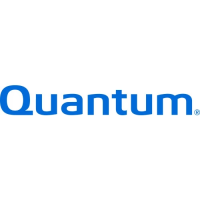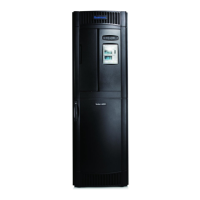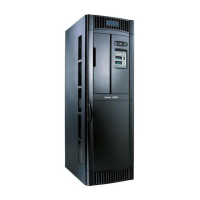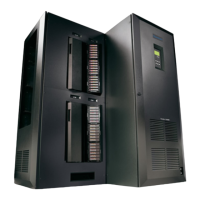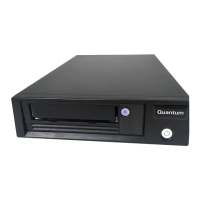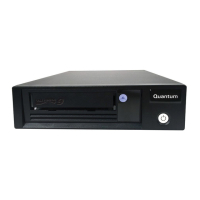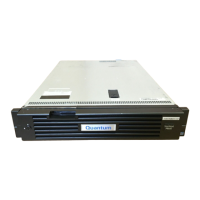Glossary
Scalar i500 User’s Guide 552
the rest of the UNIX functionality into separately compiled and executed
programs.
L
L_Port
Loop Port. It only has the capability to communicate over FC-AL
hubs and through FL_Ports.
LED (Light Emitting Diode) The mode of data transmission for multimode
cables with short wave optical transceivers. Single-mode cables, by
comparison, use high powered, long wave lasers.
Library A large-scale tape device with robotics that can house multiple
tape drives and a significant amount of tape cartridges.
Library Control Module See Control module.
License key An absolute value that can only increase a licensed feature.
For example, a license key can be applied to the library to enable
unlicensed slots.
Logical library See Partition.
Loop With this Fibre Channel option, the port operates with attached
loop-capable devices. If a point-to-point device is attached, the appliance
is not able to communicate with it.
Loop ID A unique 7-bit value from 0 to 126 that represents the 127 valid
AL_PAs (physical addresses) on a loop.
LTO (Linear Tape Open) A family of magnetic tape media that are “open”
in the sense of not being owned by a single proprietor. LTO comes in two
formats, Accelis and Ultrium. Accelis is the fast access implementation,
while Ultrium is the high capacity implementation.
LUN (Logical Unit Number) A unique identifier used on a SCSI bus to
distinguish between devices that share the same bus. A LUN can be an
end user, a file, or an application. In storage technology, a single large
storage device might be divided into smaller pieces, either to make the
vast storage space more manageable or because the storage space is
dedicated to different servers, drives, or applications. When the storage
space is divided into smaller parts, each part is configured with its own
SCSI unique identifier, or LUN.
M
Magazine
A container for removable media storage used in tape
libraries.
Media A material that stores data, such as tapes in cartridges or optical
disks.
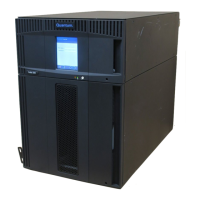
